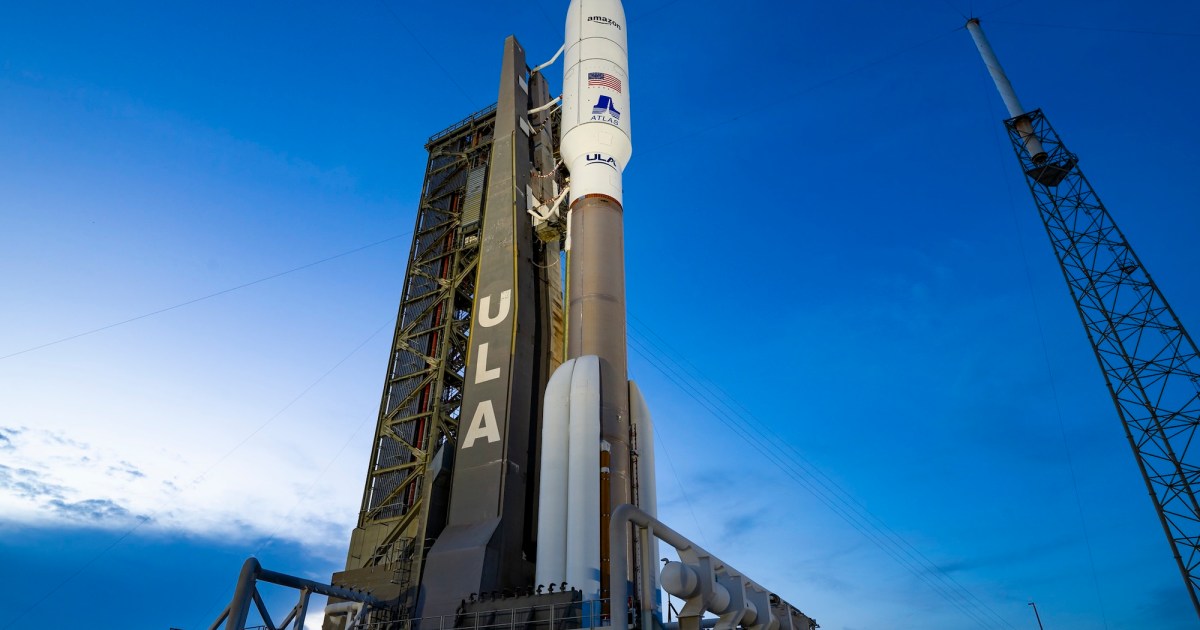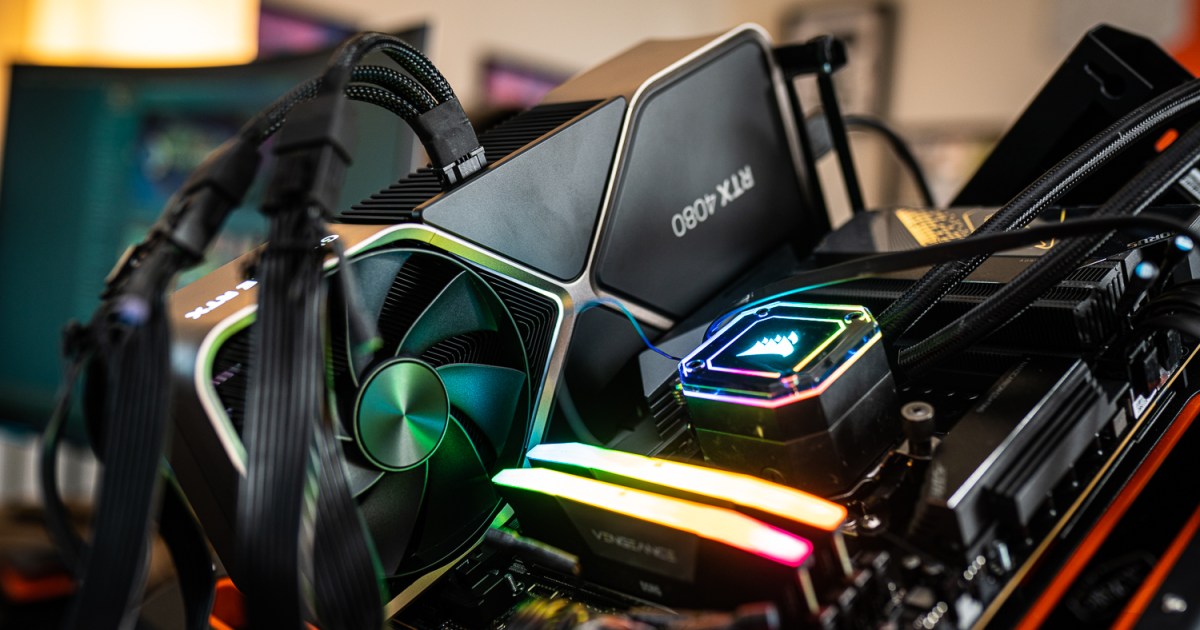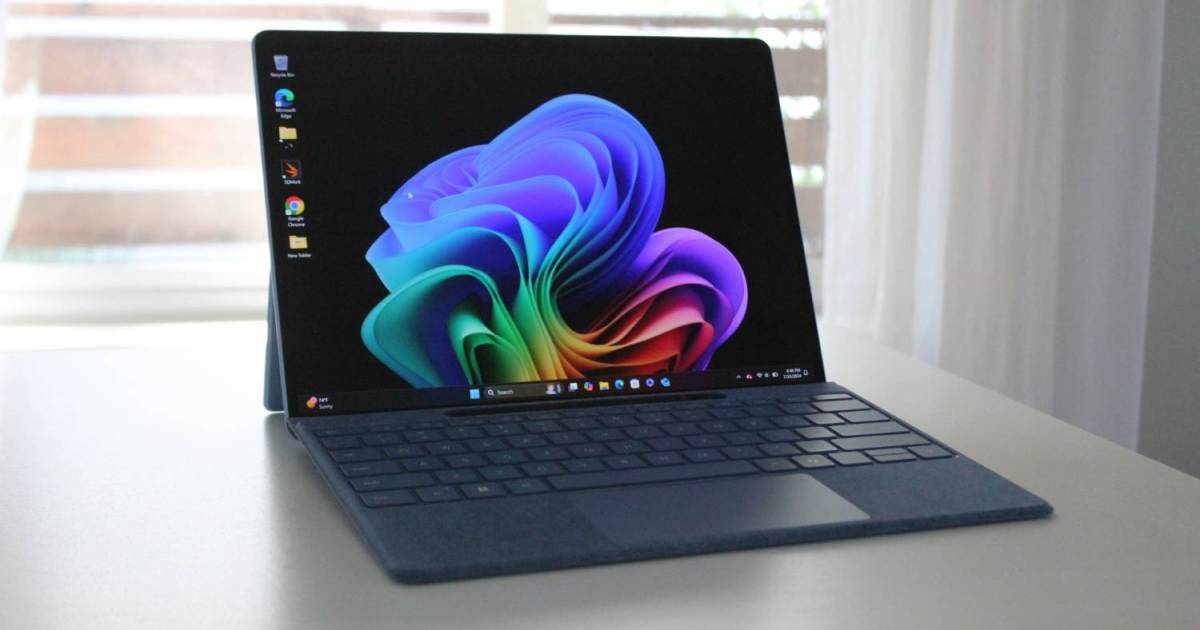Amazon’s ambitious plan to deploy its second batch of Project Kuiper internet satellites faced an unexpected setback. The launch, scheduled for early Monday afternoon ET from Cape Canaveral, Florida, was scrubbed just 30 minutes before its planned liftoff.
Technical Snag Halts Atlas V Countdown
Rocket operator United Launch Alliance (ULA) announced the decision to stand down for the day, citing “an engineering observation of an elevated purge temperature within the booster engine” on its Atlas V vehicle. In essence, a component of the rocket’s booster became too hot, necessitating a thorough investigation before another launch attempt can be made. ULA has stated they will announce a new launch date once it is determined. This recent postponement follows an earlier delay last Friday, which was attributed to unfavorable weather conditions. [internal_links]
Understanding Amazon’s Project Kuiper Initiative
Project Kuiper is Amazon’s venture into the satellite internet market, aiming to provide fast and affordable broadband internet services globally, similar to SpaceX’s established Starlink network. A key focus for Project Kuiper is to connect unserved and underserved communities, particularly in rural and mountainous regions where traditional fiber, cable, or cellular infrastructure is lacking or unreliable. The service also holds potential for critical connectivity in disaster zones, a role Starlink has demonstrated in various emergency and relief efforts.
Constellation Plans and Launch Partnerships
Amazon’s grand vision involves a constellation of 3,236 satellites in low Earth orbit, with full deployment anticipated by 2029 at the latest. The company aims to initiate high-speed broadband service by the end of this year, starting with approximately 1,000 satellites. As more satellites are added to the constellation over time, network performance and reliability are expected to improve for its growing customer base. To achieve this extensive deployment, Amazon has committed over $10 billion to secure more than 90 rocket launches with various spaceflight companies, including ULA, ArianeGroup, Blue Origin, and even its competitor, SpaceX.
User Terminals and Anticipated Pricing
Prospective Project Kuiper customers will have a choice of three user terminals. These include a compact 7-inch square model designed for portability, offering speeds up to 100 Mbps; a standard 11-inch model for residential use, providing up to 400 Mbps; and a larger, high-performance model for enterprise applications, capable of delivering up to 1 Gbps. Amazon anticipates pricing its standard customer terminal at around $400 per unit. This would position it approximately $50 higher than Starlink’s current terminal for residential customers. [internal_links]
Conclusion
The delay of this crucial Project Kuiper launch underscores the complexities of space missions, even for established players like ULA and Amazon. While a new launch date is awaited, Amazon’s commitment to building out its satellite internet constellation remains firm. For the latest updates on the rescheduled Project Kuiper launch, MaagX will continue to provide comprehensive coverage.











